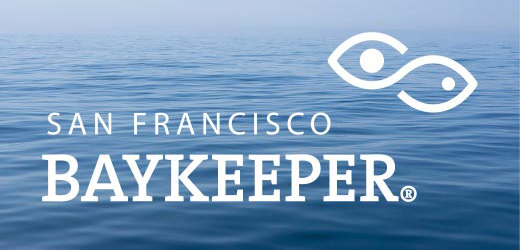Antibiotics, contraceptives and chemicals from personal care products should be removed before local sewage plants are allowed to discharge wastewater into San Francisco Bay. That’s the message Baykeeper gave recently to the Regional Water Quality Control Board.
The Regional Board is the government agency with legal authority over wastewater discharges into San Francisco Bay and its tributaries. Baykeeper urged the Regional Board to strengthen pollution controls as it considers the renewals of wastewater discharge regulations for four sewage treatment agencies serving 24 East Bay cities.
The plants’ current treatment methods remove many pollutants, including disease-causing bacteria and viruses—but not medications and personal care products. Antibiotics, contraceptives, nanoparticles from sunscreens and chemical fragrances are likely present in the treatment plants’ wastewater.
Studies show that many of these products are toxic, even in small amounts, to fish and other aquatic life forms. One example of this toxicity is evidence that fish downstream from wastewater plants have lower sperm counts and lower fertility.
The Contra Costa Sanitary District Wastewater Treatment Plant, located in Martinez, serves 10 East Bay cities. Each day, it discharges about 40 million gallons of treated domestic and industrial wastewater into Suisun Bay, in northern San Francisco Bay.
Six treatment plants operated by the East Bay Dischargers Authority, City of Livermore, and Dublin San Ramon Services District serve 14 cities. Altogether each day, these plants discharge about 108 million gallons of treated domestic, commercial and industrial wastewater into San Francisco Bay.
In commenting on the Contra Costa sewage plant’s wastewater regulations, Baykeeper supported an already-included provision forbidding any discharge of untreated wastewater.
For the other treatment plants, Baykeeper urged that the plants should not be permitted to spill sewage into state waters, instead of the current prohibition only on spills into federal waters.
Baykeeper plays a key role in strengthening local wastewater discharge regulations by providing technical expertise on how the regulations can be improved. Baykeeper’s past advocacy has led to the Regional Board tightening controls on pollution that enters San Francisco Bay.
